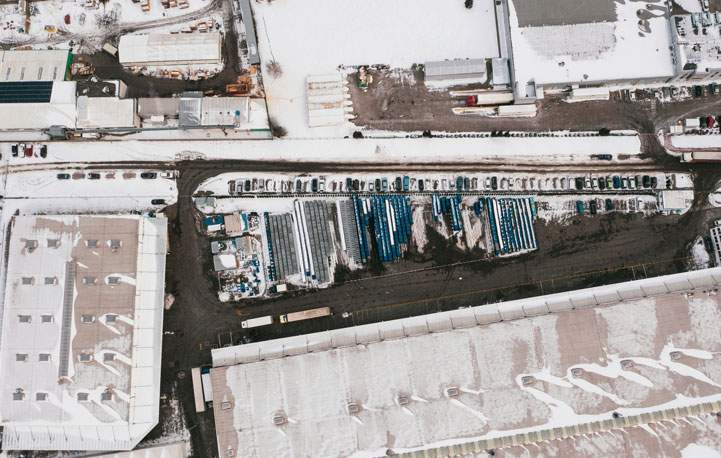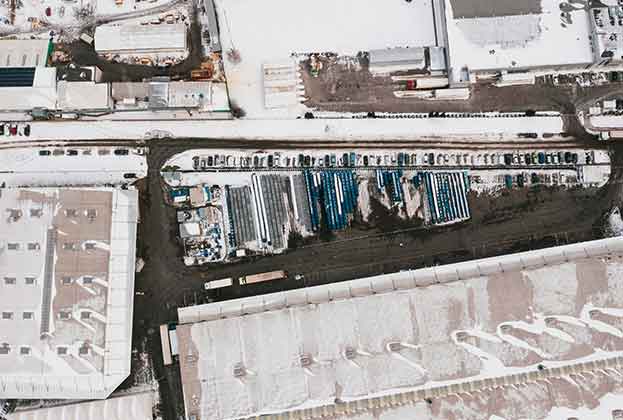2023 was a year to forget for commercial real estate, but there are reasons for optimism in the logistics market
Introduction and Economic Overview:
The economic landscape in Europe presents a mixed picture, with promising indicators alongside concerning trends. Preliminary data suggests stable GDP growth in the eurozone and EU, offering a glimmer of hope amidst challenges. However, a closer look reveals struggles in manufacturing, with inflation dynamics adding complexity to the economic outlook.
GDP growth remained stable in the final quarter of the year, showing slight improvement compared to previous estimates. Yet, the construction and retail sectors faced challenges, indicating potential hurdles in economic recovery. Eurozone inflation witnessed a decline, nearing the ECB’s target, driven by reductions in energy and food prices. However, persistent geopolitical risks threaten stability, particularly concerning Red Sea shipping routes.
Occupier Market Highlights:
While overall take-up in 2023 declined, quarterly data suggests signs of stabilization and improvement, with some markets outperforming pre-pandemic averages. Anecdotal evidence points to diverse sector activity, including supermarkets, 3PLs, and eCommerce. Despite challenges, certain markets like Belgium and Dublin witnessed growth, while others, such as the UK and Germany, faced declines.
The increase in vacancy rates across Europe has slowed, with significant variation among markets. While some remain undersupplied, others experienced sharp increases in vacancy rates, affecting rental growth. Notably, prime rental growth decelerated in Q4 2023, albeit with variations across markets, highlighting complexities in the real estate sector.
Investment Market Insights:
Investment in European real estate declined in 2023, reflecting a challenging investment landscape. Larger markets like the UK and France saw significant declines, while smaller markets exhibited resilience. Prime yields continued to rise, influencing investment decisions amidst expectations of interest rate cuts. Opportunities for investors are anticipated, albeit with caution regarding pricing expectations and borrowing costs.
Anticipated interest rate cuts and evolving occupier needs are expected to shape the real estate market in 2024. The bifurcation between prime and sub-prime stock may intensify, with modern facilities gaining preference due to technological advancements. While challenges persist, markets with low vacancy rates are poised to perform well, offering potential opportunities for investors.
Conclusion:
As economic conditions evolve, staying informed about the European real estate market is essential for making informed investment decisions. Savills research provides a comprehensive overview of key market indicators, highlighting opportunities amidst challenges. Whether you’re an investor, developer, or stakeholder, understanding the nuances of the European real estate landscape is crucial for navigating the market effectively. Unlock the potential of the European real estate market with our in-depth insights and analysis.
Read the articles within Spotlight: European Logistics Outlook – February 2024 below.






